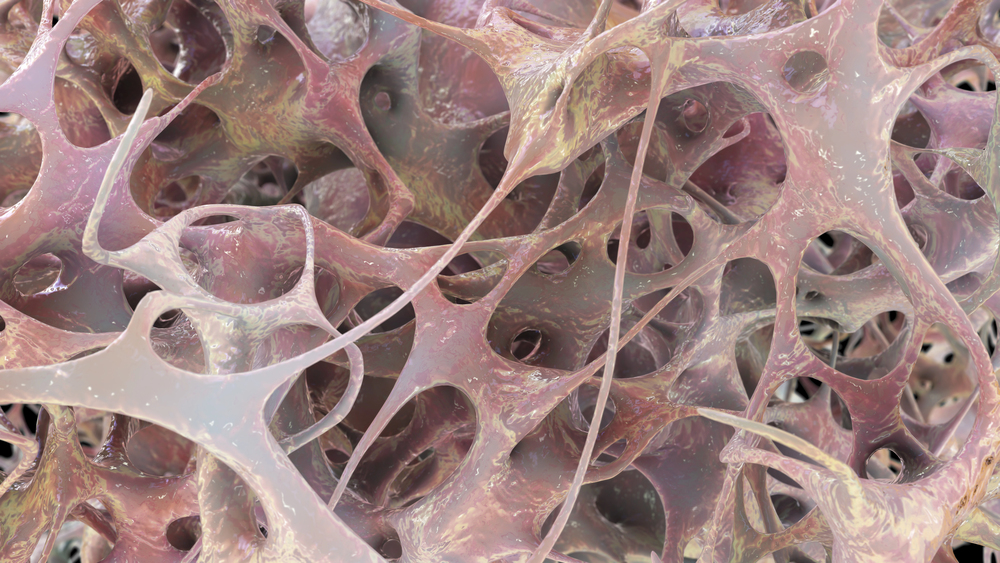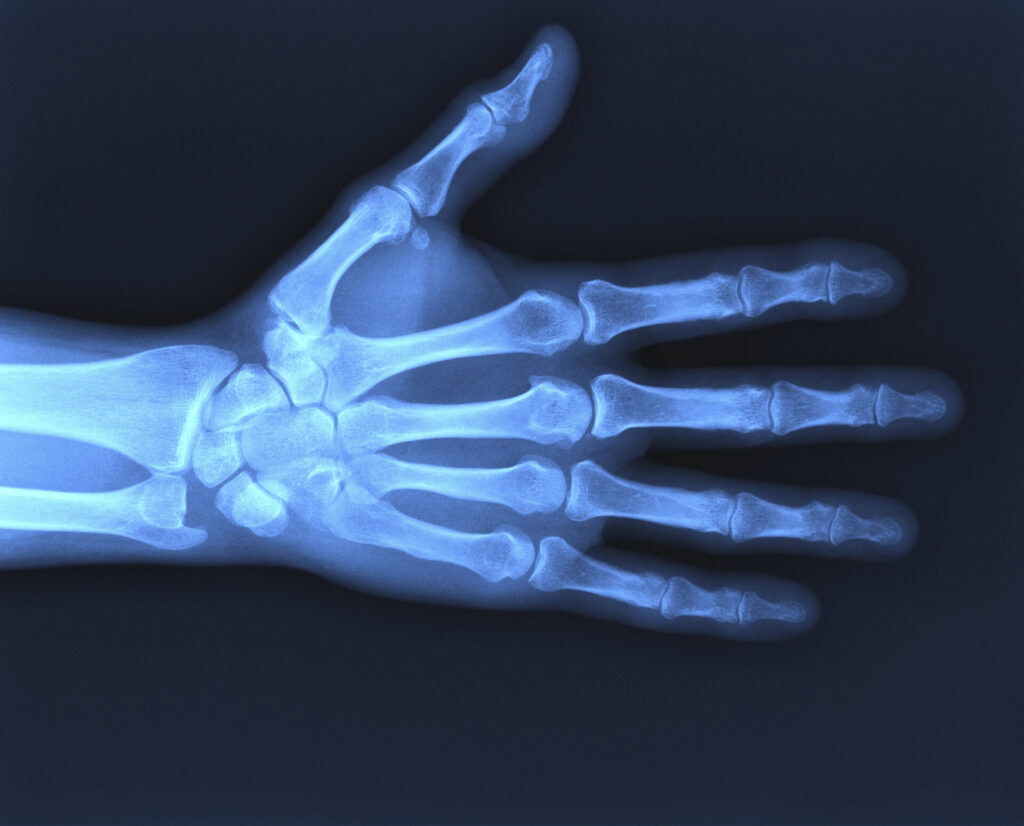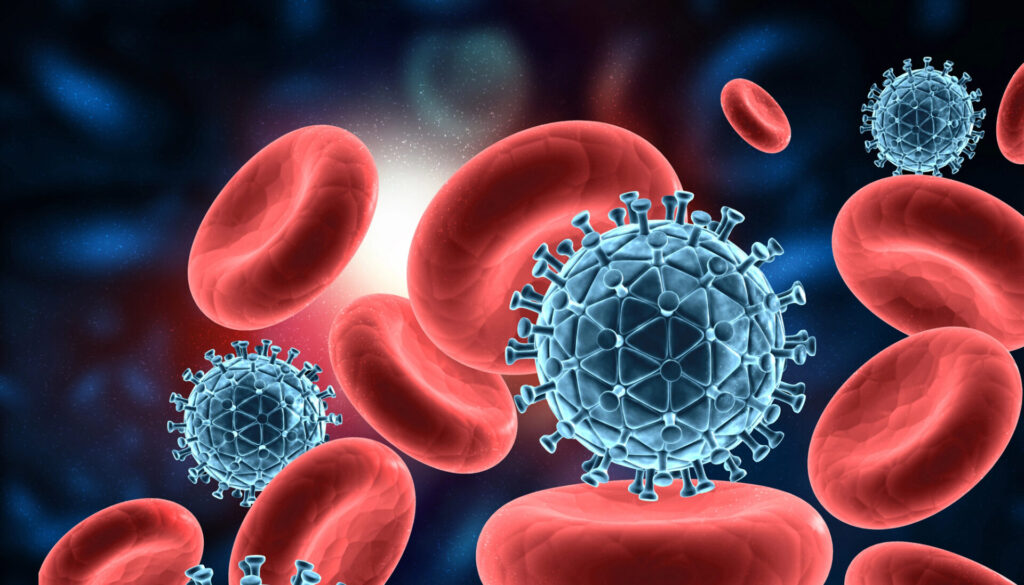Standard treatments for osteoporosis, such as calcium supplements, bisphosphonates, and hormone therapy, have focused primarily on slowing bone loss rather than actively rebuilding bone. Similarly, osteoarthritis therapies often aim to manage symptoms rather than regenerate damaged cartilage. The discovery of bone morphogenetic proteins (BMPs) has reshaped the landscape of regenerative medicine. Unlike traditional therapies, BMPs stimulate the body’s natural ability to grow new bone and cartilage, offering a fundamentally different and more promising approach. As patients and practitioners grow concerned about the long-term use and side effects of conventional prescriptions, interest in BMP-based treatments continues to rise, highlighting a critical shift in how we understand and treat bone and joint-related conditions.
Discovery of BMPs: A Breakthrough in Bone Healing
In 1965, orthopedic surgeon Dr. Marshall Urist made a groundbreaking discovery. By implanting demineralized bone matrix into animals, he showed that new bone formation was possible. He named the inducing factors bone morphogenetic proteins (BMPs). BMPs were cloned in 1988 and have since been used surgically for non-union fractures and segmental bone defects.1
In 2006, the first oral food-sourced BMP-complex was introduced, with clinical evidence showing improved bone density (measured by DEXA scans). Since Dr. Urist’s initial discovery, researchers have identified over 20 BMPs, each with its own function in regenerating tissue.2
What are BMPs and How Do They Work?
BMPs are cytokines and part of the transforming growth factor-β (TGF-β) superfamily. They are immunomodulating and downregulate proinflammatory interleukin-1 (IL-1) and IL-6.3-5
Since their discovery, BMPs have been recognized not only for their role in the skeletal system but also in embryonic development and adult stem cell differentiation across multiple organ systems. BMP and other growth factor signaling are required for differentiation of multipotent mesenchymal cells into chondrocytes and osteoblasts, a process called osteoinduction.6,7
The discovery of bone morphogenetic proteins (BMPs) has reshaped the landscape of regenerative medicine. Unlike traditional therapies, BMPs stimulate the body’s natural ability to grow new bone and cartilage, offering a fundamentally different and more promising approach. As patients and practitioners grow concerned about the long-term use and side effects of conventional prescriptions, interest in BMP-based treatments continues to rise, highlighting a critical shift in how we understand and treat bone and joint-related conditions.
Related:






